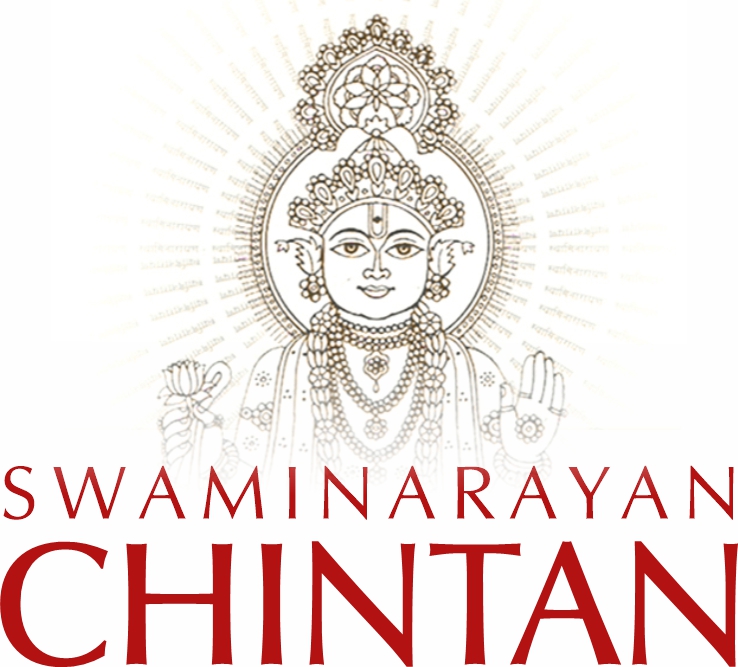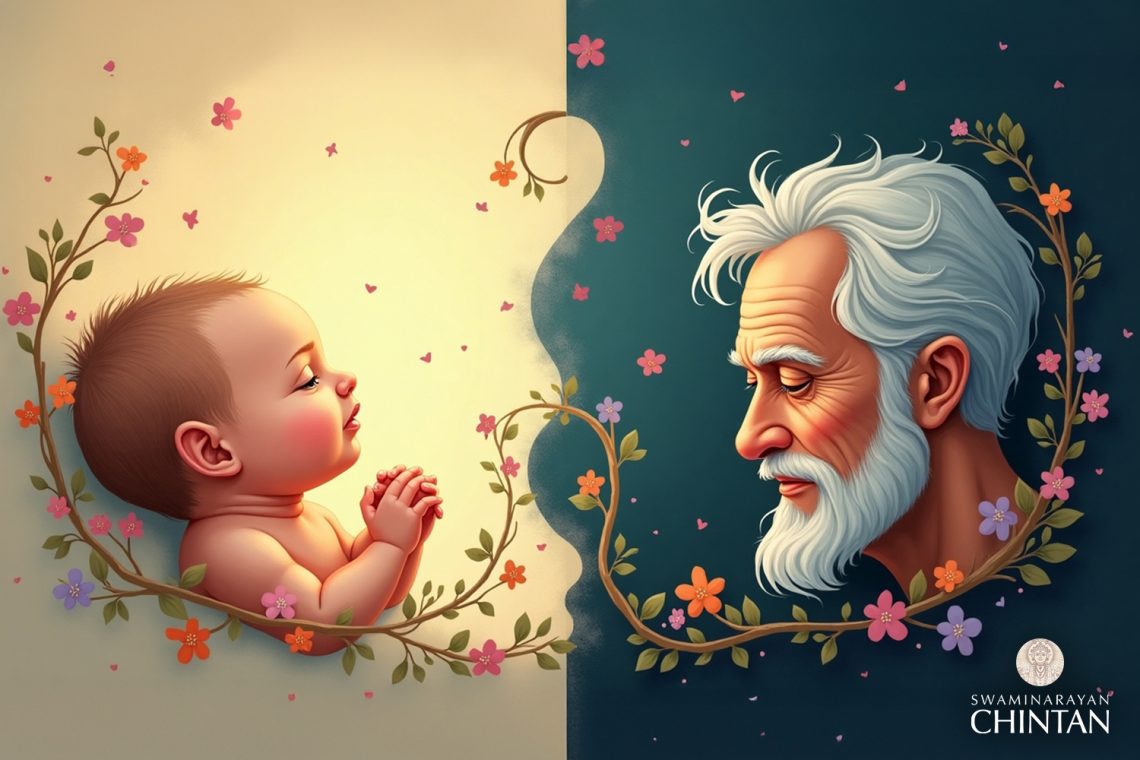Time Measurement in Human vs. Divine Terms
Let’s take a step back and grasp the enormity of Brahmaji’s lifespan. In our daily lives, time feels short—24 hours rush by, and a year passes before we even notice. But in Vedic cosmology, the scale of time stretches far beyond human comprehension. Brahmaji’s day itself is unimaginably long, comprising 1,000 Maha Yugas, each of which is a cycle of four Chatur Yugas (Satya, Treta, Dwapara, and Kali). Now multiply that by 365 to get a year, and then multiply again by 100. That’s how long Brahmaji is said to live.
To break it down:
- 1 ChaturYuga = 4.32 million human years
- 1 Day of Brahmaji = 1,000 ChaturYuga = 4.32 billion human years
- 1 Night of Brahmaji = 1,000 ChaturYuga = 4.32 billion human years
- 1 Maha Yuga = 4 ChaturYugas= 17.28.million human years
- 1 Year of Brahmaji = 360 such days and nights = 3.1104 trillion years
- Lifespan of Brahmaji = 100 years = 311.04 trillion human years
This cosmic calendar redefines time, showing how fleeting human existence is in comparison to divine cycles. It’s no wonder ancient sages encouraged detachment from material life—everything we cling to is but a blink in the eye of the universe.
The Destruction After Brahmaji’s Life
Now here’s where it gets even more fascinating. After Brahmaji completes his 100 divine years, even he—considered the creator—is dissolved into the Supreme Divine. This event signifies a total cosmic reset. Everything, including Brahma Loka (his celestial realm), perishes in this grand dissolution.
This destruction is not considered a tragedy in Hindu philosophy; rather, it’s a return to source, a merging back into the formless, timeless Absolute. Think of it like a tree that sheds leaves in autumn—not to die, but to prepare for renewal.
In this view, time is a wheel—endlessly turning, never truly ending. Creation, preservation, and destruction form a continuous loop. It’s both humbling and awe-inspiring to realise that even Brahmaji is part of this cycle.
Vishnu – The Preserver of Cosmic Order
Vishnu plays the pivotal role of sustainer in the cosmic cycle. During Brahmaji’s day, he ensures the smooth flow of life through the Yugas. In each Yuga, Vishnu incarnates in various forms (like Rama, Krishna, Narasimha) to restore dharma whenever it falters.
His role highlights the importance of divine intervention when the cosmic balance is threatened. Every age has its avatar, showing that while the times may change, divine grace never disappears.
One Question
Once the Kaliyug is completed & Satyug starts, do the same people or the same qualities of the people arrive in Satyug?
Maharaj has mentioned Adisatyug in Vachanamrut.
At the time of Satyug, when brahmins were present, there was a kalpvriksha (Wishing tree). If people stood under this tree and wished for a son or daughter, they would get one.
When Shree Krishna Bhawagn went to his divine abode, that marked the beginning of Kaliyug, and at that time, the situation wasn’t as bad as it is today. It is also said that the situation will worsen in the future compared to today. Similarly, in Adikaliyug, there is a different situation, and at the end of Kaliyug, a different situation will prevail.
By this, we can say that there is a difference between Adikaliyug and the engine point of Kaliyug. By this, we can come to know that the people who were in Adikaliyug wre different the at the end point they were different.
Similarly, people with the same qualities in the Kaliyug can not come to Satyug.
भूतग्रामः स एवायं भूत्वा भूत्वा प्रलीयते।
रात्र्यागमेऽवश: पार्थ प्रभवत्यहरागमे॥ Gita Adhyay 8 Shlok Number 19
“All living beings are repeatedly born and die. When the cosmic “night” begins (a symbolic representation of a period of dissolution), all beings are absorbed back into an unmanifested state—they lose their forms. They have no power to resist this process. Then, when the cosmic “day” dawns again (the period of creation), these beings re-emerge and take form once more.”
This cycle of birth and dissolution occurs automatically and continuously, just like day and night follow one another. It highlights the impermanence of all forms and the eternal rhythm of creation and destruction in the universe.
“All living beings are repeatedly born and die.” Whom does “All living beings” represent? Those who are bound in Vasana take rebirth until the ultimate dissolution.
Relation: Vasana?
If once son dies, his father will still say he is my son. The relation is not destroyed by heart. The relation is dishṭa (destined). This is called Sabandhan Vasana (Desire towards relation). Though you have Sabandhan Vasana towards your parents or sons, you will still not be free from the cycle of birth & death. Why, because you have Vasana.
Sabandhan Vasana makes you feel sad. If your son or father is dead, again & again, you will remember him due to Sabandhan Vasana; you will feel sad. If you have Vasana towards any object, you will never be free from the cycle of birth & death, plus you will feel sad.
Why not be Greedy?
Let’s take a case: You got 17 Cr after winning a lottery, then unfortunately, you spilt ink on the lottery ticket. Imagine how sad you would be. If you have never won a lottery ? Then you will never be sad; your life will go on like it was going before. You weren’t sad.
Which is the better option? 17Cr or live without the sadness of losing those 17Cr
Conclusion
The cycles of time and rebirth are driven by Vasanas—our deep-rooted attachments and desires. True liberation lies in detachment, understanding the impermanence of all worldly ties. By transcending these bonds and embracing the eternal nature of the soul, we move beyond sorrow, beyond rebirth, and into lasting peace and spiritual freedom.

